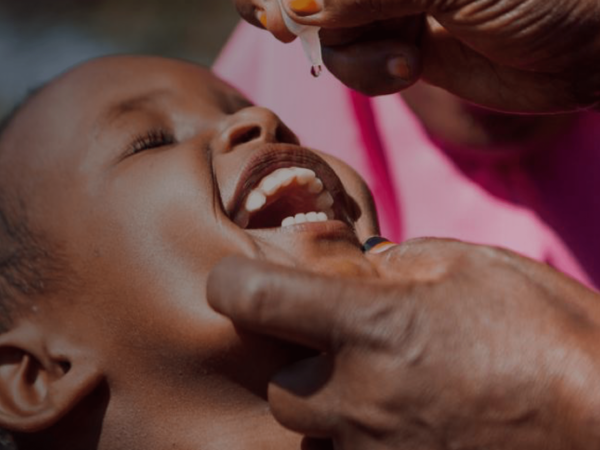Owned media refers to any channels directly within the programme's control. This could include newsletters, websites, blogs, emails, social media channels, mobile and SMS, and print publications like custom magazines. Owned media channels should represent the programme's brand and identity.
The tendency is to think of owned media as free of cost. The reality is owned media strategies done well require planning, staff time and strategic thinking. Creating and distributing content alone, let alone content that is deemed useful by the intended audience, is a huge job. Managing social media channels similarly should not be ad-hoc, but rather based on data, long-term planning , solid writing and the creation of interesting shareable content, ideally with the capacity to be interacted with.
The objective of online owned media should be to act as a source for the latest and most accurate information, to create a community, or at the very least a conversation. Secondary audiences like donors, media and partners can be reached through online channels but think carefully about whether the caregivers you're targeting consume or engage online, directly or through third-parties before embarking on any online strategy.
Offline owned media like newsletters, can be useful tools to reach donors hungry for information, policy makers who need to have a regular updates, field staff who need a boost in morale. But ensuring regular, quality content is a massive undertaking.
Regardless of the channel, owned media should work in concert with other channels, and as much as possible, be consistent with your communication strategy and brand's look, feel, messaging and tone. Consider what your owned media says about the partners running the campaigns in your country: does your website feature photos of high-level officials sitting in meetings, or does it feature healthworkers? Does it put children front and centre of vaccination efforts?
For examples of active owned media online visit the Pakistan Polio Eradication site (www.endpolio.com.pk) , which includes Facebook, Vimeo and Twitter feeds. This site (http://endpolio.uniceflebanon.org/) from Lebanon provides links to existing UNICEF online properties and is a reliable source of basic polio information for anyone looking.
Learn more
Explore the other two learning modules in this 3-step tutorial to design evidence-driven communication strategies to help vaccinate every child.
Define your target audience and barriers to change, then develop messages and choose channels to reach your audience.
You cannot do everything and your ability to prioritize your interventions and target behaviours is paramount. One simple way to do this is to evaluate importance of the behavior and its changeability.



